Introduction
Best wide-angle prime lenses for the Olympus OM-D EM-10
Like the E-M5, this camera is small and discrete as are all of the lenses listed here, particularly the 15mm Body cap! Although we haven’t tested the new Leica 15mm f1.7 ASPH on the E-M10 yet, which looks promising on other bodies, the best performer here is the metal-bodied Olympus 17mm f1.8.
 |
 |
 |
 |
| Olympus M.ZUIKO DIGITAL 17mm f1.8 | 500 | 21 | 6 |
| Olympus M. Zuiko Digital ED 12mm f2.0 | 769 | 20 | 9 |
| Sigma 19mm F2.8 DN A Mount 43 | 199 | 18 | 6 |
| Sigma 19mm F2.8 EX DN Micro 4/3 | 166 | 16 | 6 |
| Olympus M.ZUIKO DIGITAL 17mm f2.8 | 300 | 15 | 6 |
| Olympus 15mm 1:8.0 Body Cap | 79 | 5 | 3 |
It’s a good performer overall, but if it has a weakness it’s that has quite high levels of lateral chromatic aberration (visible as a ring surrounding a central sharp core).
It also lacks the high sharpness of the wider Olympus 12mm f2.0 ED. Optimum performance across the field is achieved at f4 but it would be easier to recommend if it had slightly sharpness levels.
The 12mm f2.0 is similar in build and has good sharpness in the centers but uniformity isn’t one of its strengths. Nevertheless it’s usable at full aperture and is a strong performer up to f5.6, after that sharpness begins to drop due to diffraction. Chromatic aberration is generally well controlled but it is visible across the field although it’s easy enough to remove in software.
In third place is the recently revamped Sigma, it’s the weakest of three DN Art-line models from the maker but it has quite good performance at full aperture even if it doesn’t improve much on stopping down. Like the other two Olympus models tested, diffraction at f8 lowers sharpness noticeably but at just $199, the Sigma is a tempting option on a budget.
Olympus M. Zuiko Digital ED 17mm f1.8 Versus Olympus M. Zuiko Digital ED 12mm f2.0 ED Versus Sigma 19mm F2.8 DN A Micro 4/3:
Best telephoto zoom lenses for the Olympus OM-D EM-10
In first place is the small and extremely lightweight (190g) Olympus 40-150mm f4.0-5.6 with a DxOMark lens score of 14 points. Peak sharpness is measured at 6-PMpix which may not seem high but is in fact comparable to some primes.
At $236, it’s relatively affordable option and what with the 80-300mm 35mm format equivalent range means it’s particularly tempting option to have. It’s not a great performer at the longer end and the borders are little soft at 14mm but it’s a solid performer overall.
In second place in our rankings and with a much higher price is the Panasonic 14-140mm f3.5-5.6. It’s a better performer at short focal lengths like most zooms but it has generally good uniformity of sharpness across the field.
Distortion may be too high for some tastes at 14mm although this is normally corrected in camera. Optical stabilization, unnecessary on the E-M10, obviously adds to the price so bear in mind Olympus’ own slightly slower 14-150mm f4-5.6 may also be a contender. At $599 it’s competitively priced, but we’ve to see a sample to review.
While all of theses lenses are small compared with APS-C or full-frame equivalents the benefits are really apparent with those models that reach 300mm – they’re the 35mm format equivalent of 600mms. While AF performance isn’t yet up to DSLR standards these zooms are tempting for their versatility. The Panasonic stabilized 100-300mm f4-5.6 is notably faster (close to 0.5 TStop) the Olympus 75-300mm models but still quite a pricey option, especially as the optical performance isn’t that great above 200mm.
Olympus M. Zuiko Digital ED 40-150mm f4.0-5.6 Versus Panasonic LUMIX G VARIO 14-140mm f3.5-5.6 ASPH POWER O.I.S Versus Panasonic LUMIX G VARIO 100-300mm f4-5.6 MEGA O.I.S:
If you have an Olympus OM-D EM-10 and a favorite lens, we would like to hear from you. Please leave a comment below, stating what lens it is and why you like it.


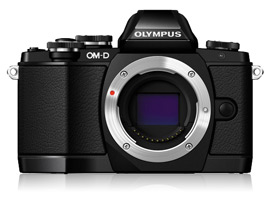
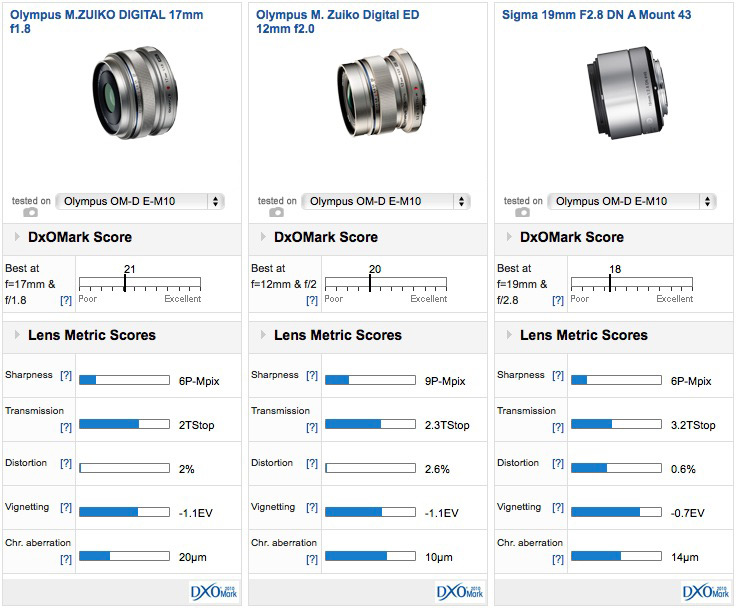
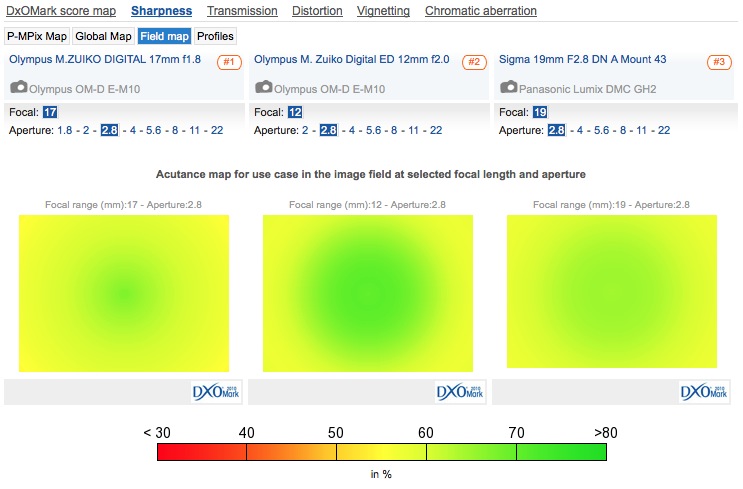
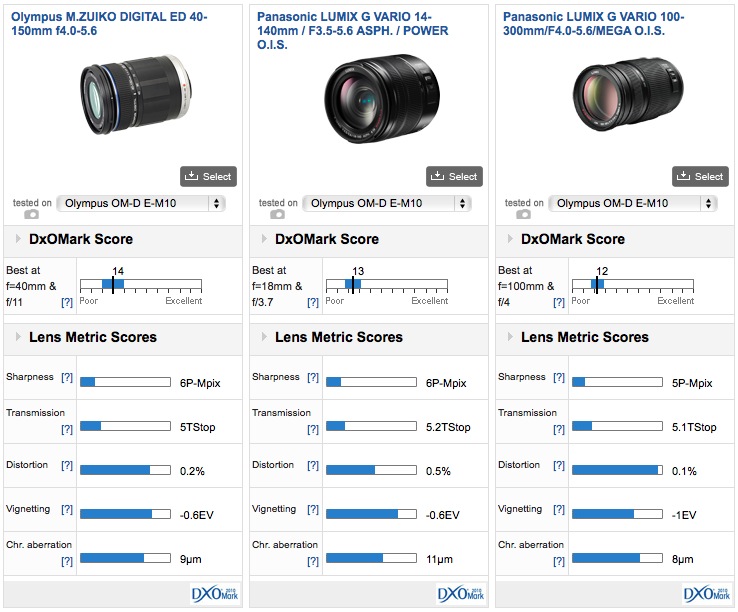
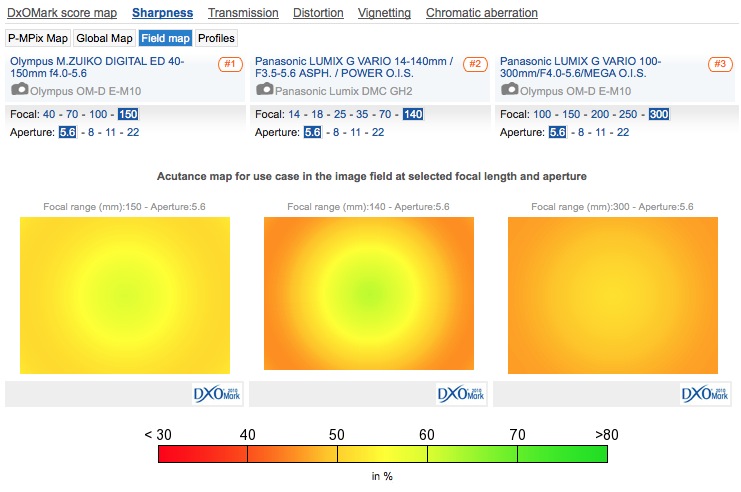
DXOMARK encourages its readers to share comments on the articles. To read or post comments, Disqus cookies are required. Change your Cookies Preferences and read more about our Comment Policy.